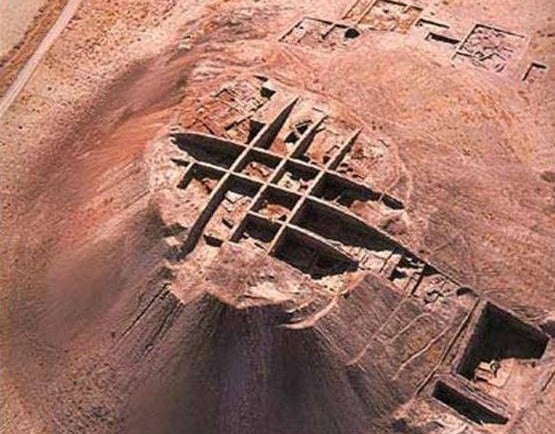Unveiling Norsun Tepe: The Ancient Site Older Than Göbekli Tepe


Introduction to Norsun Tepe
Norsun Tepe, an ancient archaeological site located in Southeastern Turkey, has emerged as a significant discovery that predates the renowned Göbekli Tepe. Often overshadowed by its more famous counterpart, Norsun Tepe holds keys to understanding human history and prehistoric cultures in the region. With recent excavations revealing structures and artifacts, this historic location offers new insights into early human civilization.
The Significance of Norsun Tepe
Dating back to roughly 12,000 years ago, Norsun Tepe is believed to be one of humanity's earliest known settlement sites. The discovery of ceremonial structures and intricate carvings provides evidence of complex social structures and spiritual beliefs prevalent at that time. As researchers continue to study this site, they are beginning to unravel the rich tapestry of life, rituals, and relationships among the communities that inhabited the region.
Comparative Analysis with Göbekli Tepe
Often regarded as the oldest temple complex in the world, Göbekli Tepe has garnered significant attention since its discovery. However, the existence of Norsun Tepe suggests that sophisticated religious and social practices were developing even earlier in human history. While both sites feature similar architectural elements and suggest the possible existence of a shared cultural influence, Norsun Tepe's findings may provide valuable context and depth to our understanding of early human spirituality.
Notably, the proximity of Norsun Tepe to Göbekli Tepe raises questions about the migration of peoples and the diffusion of cultural practices during the Neolithic period. Understanding these interconnections is crucial for historians and archaeologists striving to reconstruct the past and appreciate the evolutionary journey of human civilization.
Future Research and Conclusion
The archaeological community is keenly focused on further excavations at Norsun Tepe to unearth more artifacts and structures that could redefine our understanding of the Neolithic era. This ancient site older than Göbekli Tepe possesses the potential to alter historical narratives about human development and settlement patterns.
In conclusion, the exploration of Norsun Tepe offers a fascinating glimpse into a world where early humans forged societies, shared beliefs, and constructed monumental architecture. As studies progress, Norsun Tepe will likely become increasingly vital to the narrative describing the dawn of civilization in the Near East, inviting further inquiry into the origins of dedicated worship and communal life.
